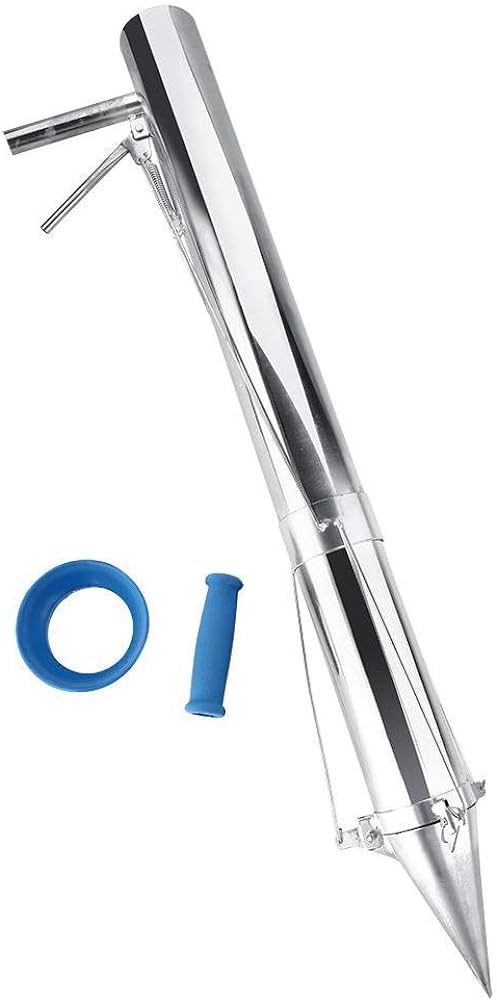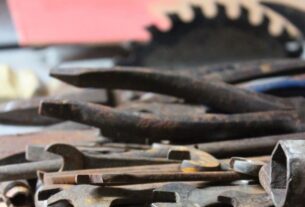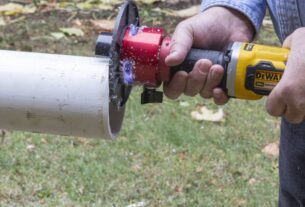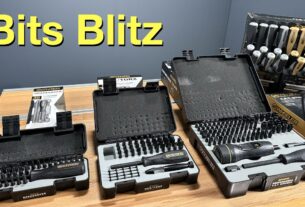Are you tired of struggling with transplanting delicate seedlings and plants? Do you want to ensure that your transplants have the best chance of survival? Look no further than transplant tools! These specialized equipment items can make all the difference in ensuring successful transplants. In this comprehensive guide, we’ll cover everything you need to know about choosing and using transplant tools.
What Are Transplant Tools?
Transplant tools are specialized equipment designed to help gardeners and farmers move delicate seedlings or plants from one location to another. They typically feature a small, sharp blade for cutting through soil, as well as a handle for easy gripping. Some transplant tools may also include additional features such as adjustable depth gauges or ergonomic handles.
Why Use Transplant Tools?
Using transplant tools has several benefits over traditional methods of planting or moving plants. First, they allow for precise placement of seedlings or plants, which is essential for proper growth and development. Second, transplant tools minimize damage to delicate roots and stems by cutting cleanly through soil without disturbing surrounding areas. Finally, using transplant tools can save time and effort compared to manually digging holes or moving seedlings by hand.
Types of Transplant Tools
There are several different types of transplant tools available on the market today. Each type is designed for specific purposes and may vary in size, shape, and features. Here are some of the most common types of transplant tools:
1. Hand Trowels – Hand trowels are small handheld tools that resemble miniature shovels. They’re ideal for moving small seedlings or plants and can be used for digging shallow holes or removing weeds.
2. Hori Hori Knives – Hori hori knives are multi-purpose gardening knives that can be used for digging, cutting, and pruning. They feature a long, narrow blade that’s perfect for precise cuts and digging in tight spaces.
3. Dibbers – Dibbers are specialized tools that are used for planting seeds or seedlings. They typically feature a pointed tip that can be used to make small holes in soil for planting, and may also include measurements for accurate spacing.
4. Transplanting Shovels – Transplanting shovels are larger tools designed for moving larger plants or shrubs. They feature a long handle and a flat, wide blade for scooping up soil and plants.
Choosing the Right Transplant Tool
When choosing a transplant tool, there are several factors to consider. First, consider the size of the plants you’ll be moving. If you’re working with small seedlings, a hand trowel or dibber may be sufficient. For larger plants, you may need a transplanting shovel or other specialized equipment.
Next, consider the features of the tool. Look for tools with ergonomic handles that are comfortable to grip, as well as adjustable depth gauges or other features that will allow you to customize your transplanting process.
Finally, consider the quality of the tool. Look for tools made from durable materials such as stainless steel or high-quality plastics, and choose reputable brands with positive reviews from other gardeners and farmers.
Using Your Transplant Tool
Once you’ve chosen your transplant tool, it’s time to start using it! Here are some tips for using your transplant tool effectively:
1. Start by preparing the area where you’ll be transplanting your seedlings or plants. Remove any weeds or debris and loosen the soil with a rake or hoe.
2. Use your transplant tool to dig a hole in the soil where you’ll be placing your seedling or plant. Be sure to create a hole that’s deep enough to accommodate the roots of your plant without damaging them.
3. Carefully remove your seedling or plant from its original location and place it in the hole you’ve created. Be sure to gently pack soil around the plant to secure it in place.
4. Water your newly transplanted seedling or plant immediately after planting, and continue to water regularly as needed.
Conclusion
Transplant tools are essential equipment for any gardener or farmer looking to ensure successful transplants. By choosing the right tool for your needs and using it effectively, you can minimize damage to delicate seedlings and plants and give them the best chance of thriving in their new location. So why wait? Invest in a high-quality transplant tool today and start enjoying the benefits of successful transplants!
References:
1. “Transplanting Techniques,” University of California Agriculture and Natural Resources, https://anrcatalog.ucanr.edu/pdf/8058.pdf
2. “Gardening Tools: Hori Hori Knife,” Cornell Cooperative Extension, https://cceschoharie-otsego.org/resources/gardening-tools-hori-hori-knife
3. “Dibbers – The Gardener’s Tool You Didn’t Know You Needed,” Gardener’s Path, https://gardenerspath.com/tools/dibbers-the-gardeners-tool-you-didnt-know-you-needed/
4. “Transplant Shovels: A Guide to Choosing the Right One,” Greenhouse Grower, https://www.greenhousegrower.com/technology/transplant-shovels-a-guide-to-choosing-the-right-one/




